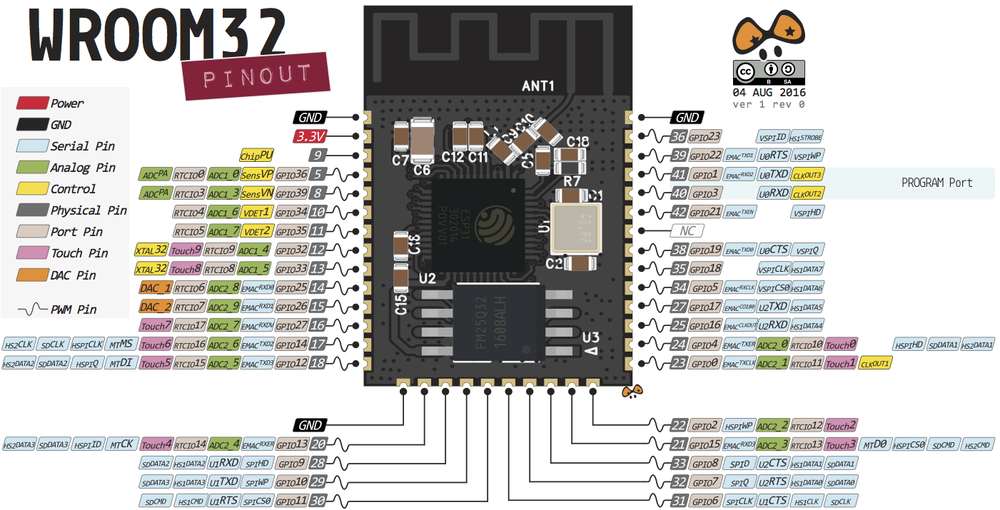
XEDU:
import cv2
import numpy as np
import pygame
import sys
import socket
from XEdu.hub import Workflow as wf
# 初始化 pygame
pygame.init()
pygame.joystick.init()
# 确保至少有一个手柄连接
if pygame.joystick.get_count() == 0:
print("请连接一个Xbox手柄")
sys.exit()
# 获取第一个手柄
joystick = pygame.joystick.Joystick(0)
joystick.init()
print(f"检测到手柄: {joystick.get_name()}")
# 设置屏幕大小
screen = pygame.display.set_mode((640, 480))
pygame.display.set_caption("Xbox手柄摇杆值显示")
# 设置UDP通信
esp32_left_ip = "192.168.1.100" # 替换为左侧ESP32的IP地址
esp32_right_ip = "192.168.1.54" # 替换为右侧ESP32的IP地址
esp32_port = 12345 # 替换为ESP32的端口号
sock = socket.socket(socket.AF_INET, socket.SOCK_DGRAM)
# 初始化视频捕捉
cap = cv2.VideoCapture(0)
body = wf(task='body17') # 实例化pose模型
det = wf(task='bodydetect') # 实例化detect模型
hands_up_prev = False # 用于跟踪上一次的状态
# 设置窗口的初始大小
cv2.namedWindow('video', cv2.WINDOW_NORMAL)
cv2.resizeWindow('video', 1280, 1024)
# 创建字体对象
font = pygame.font.Font(None, 36)
# 初始化手柄摇杆变量
left_stick_x = 0.0
left_stick_y = 0.0
right_stick_x = 0.0
right_stick_y = 0.0
# 初始化 hands_up 变量
hands_up = False
# 主循环
running = True
while running and cap.isOpened():
for event in pygame.event.get():
if event.type == pygame.QUIT:
running = False
elif event.type == pygame.JOYAXISMOTION:
# 获取左右摇杆的值
left_stick_x = joystick.get_axis(0)
left_stick_y = joystick.get_axis(1)
right_stick_x = joystick.get_axis(2) # 修改为2
right_stick_y = joystick.get_axis(3)
# 打印摇杆值
print(f"左摇杆: X={left_stick_x:.3f}, Y={left_stick_y:.3f} | 右摇杆: X={right_stick_x:.3f}, Y={right_stick_y:.3f}")
# 发送数据到ESP32
left_stick_data = f"LX={left_stick_x:.3f},LY={left_stick_y:.3f}"
right_stick_data = f"RX={right_stick_x:.3f},RY={right_stick_y:.3f}"
sock.sendto(left_stick_data.encode(), (esp32_left_ip, esp32_port))
sock.sendto(right_stick_data.encode(), (esp32_right_ip, esp32_port))
ret, frame = cap.read()
if not ret:
break
bboxs = det.inference(data=frame, thr=0.3)
img = frame
hands_up = False
for i, bbox in enumerate(bboxs):
keypoints, img = body.inference(data=img, img_type='cv2', bbox=bbox)
# 计算鼻子位置
nose_x, nose_y = keypoints[0][0], keypoints[0][1]
# 计算两手高度
left_hand_y = keypoints[9][2]
right_hand_y = keypoints[10][3]
# 判断是否两手都比鼻子高
if left_hand_y < nose_y and right_hand_y < nose_y:
hands_up = True
for [x1, y1, x2, y2] in bboxs: # 画检测框
cv2.rectangle(img, (int(x1), int(y1)), (int(x2), int(y2)), (0, 255, 0), 2)
if hands_up != hands_up_prev: # 只有在状态改变时发送 UDP 消息
if hands_up:
udp_message = "hands_up:on"
else:
udp_message = "hands_up:off"
sock.sendto(udp_message.encode(), (esp32_left_ip, esp32_port)) # 发送到左侧ESP32的IP和端口
sock.sendto(udp_message.encode(), (esp32_right_ip, esp32_port)) # 发送到左侧ESP32的IP和端口
hands_up_prev = hands_up # 更新状态
# 清屏
screen.fill((0, 0, 0))
# 显示摇杆数据
left_text = font.render(f"left_stick: X={left_stick_x:.3f}, Y={left_stick_y:.3f}", True, (255, 255, 255))
right_text = font.render(f"right_stick: X={right_stick_x:.3f}, Y={right_stick_y:.3f}", True, (255, 255, 255))
screen.blit(left_text, (20, 20))
screen.blit(right_text, (20, 60))
# 显示 hands_up 状态
hands_up_text = "hands_up:on" if hands_up else "hands_up:off"
hands_up_display = font.render(hands_up_text, True, (255, 255, 255))
screen.blit(hands_up_display, (20, 100))
# 更新显示
pygame.display.flip()
cv2.imshow('video', img)
if cv2.waitKey(1) & 0xFF == ord('q'):
break
cap.release()
cv2.destroyAllWindows()
pygame.quit()
sock.close()
sys.exit()
esp32:
#include <WiFi.h>
#include <WiFiUdp.h>
const char* ssid = "42101";
const char* password = "15657859912";
const unsigned int localPort = 12345; // 与Python代码中的端口匹配
const int ledPin = 2;
WiFiUDP udp;
void setup() {
pinMode(ledPin, OUTPUT);
digitalWrite(ledPin, LOW);
Serial.begin(115200);
WiFi.begin(ssid, password);
while (WiFi.status() != WL_CONNECTED) {
delay(1000);
Serial.println("Connecting to WiFi...");
}
Serial.println("Connected to WiFi");
udp.begin(localPort);
Serial.println(WiFi.localIP());
digitalWrite(ledPin, HIGH);
delay(2000);
digitalWrite(ledPin, LOW);
}
void loop() {
int packetSize = udp.parsePacket();
if (packetSize) {
char incomingPacket[255];
int len = udp.read(incomingPacket, 255);
if (len > 0) {
incomingPacket[len] = 0;
}
Serial.printf("Received packet: %s\n", incomingPacket);
// 处理接收到的数据,例如解析 hands_up:on 或 hands_up:off
if (strcmp(incomingPacket, "hands_up:on") == 0) {
digitalWrite(ledPin, HIGH); // 点亮 LED
} else if (strcmp(incomingPacket, "hands_up:off") == 0) {
digitalWrite(ledPin, LOW); // 熄灭 LED
}
}
}

